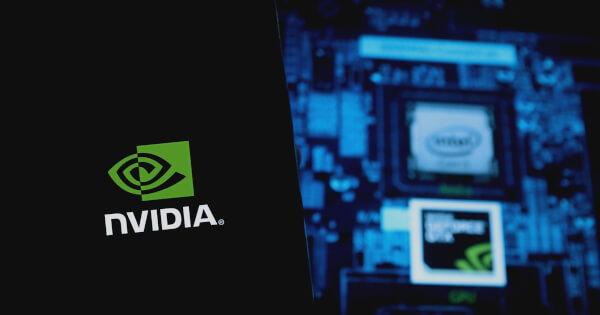Unlocking CUDA’s Full Potential: How Vectorized Memory Access Supercharges Performance
NVIDIA's CUDA architecture just got a turbo boost—and it's all about working smarter, not harder.
Vectorized memory access isn't just another tech buzzword. It's the secret sauce that lets GPUs chew through data like Wall Street traders through a pension fund. By optimizing how threads grab data, developers are seeing throughput gains that make traditional methods look like dial-up.
The magic? Coalesced memory patterns. When threads access data in tidy, aligned blocks, the hardware delivers it in one efficient package—no wasteful fetch cycles. Modern CUDA cores can now process up to 128 bits per operation when vectors are properly aligned.
But here's the kicker: most devs still aren't using it right. Legacy codebases cling to scalar loads like 90s bankers clinging to fax machines. The result? Up to 80% of potential bandwidth left on the table.
Want your kernels to fly? Ditch the one-by-one approach. The future is vectorized—and it's leaving unoptimized code in the dust.

According to NVIDIA, the utilization of vectorized memory access in CUDA C/C++ is a powerful method to enhance bandwidth utilization while reducing the instruction count. This approach is increasingly important as many CUDA kernels are bandwidth-bound, and the hardware's evolving flop-to-bandwidth ratio exacerbates these limitations.
Understanding Bandwidth Bottlenecks
In CUDA programming, bandwidth bottlenecks can significantly impact performance. To mitigate these issues, developers can implement vector loads and stores to optimize bandwidth usage. This technique not only increases the efficiency of data transfer but also reduces the number of executed instructions, which is crucial for performance optimization.
Implementing Vectorized Memory Access
In a typical memory copy kernel, developers can transition from scalar to vector operations. For instance, using vector data types such as int2 or float4 allows data to be loaded and stored in 64- or 128-bit widths, respectively. This change reduces latency and enhances bandwidth utilization by decreasing the total number of instructions.
To implement these optimizations, developers can use typecasting in C++ to treat multiple values as a single data unit. However, it is crucial to ensure data alignment, as misaligned data can negate the benefits of vectorized operations.
Case Study: Kernel Optimization
Modifying a memory copy kernel to use vector loads involves several steps. The loop in the kernel can be adjusted to process data in pairs or quadruples, effectively halving or quartering the instruction count. This reduction is particularly beneficial in instruction-bound or latency-bound kernels.
For example, using vectorized instructions like LDG.E.64 and STG.E.64 in place of their scalar counterparts can significantly enhance performance. The optimized kernel shows a marked improvement in throughput, as demonstrated in NVIDIA's performance graphs.
Considerations and Limitations
While vectorized loads are generally advantageous, they do increase register pressure, which can reduce parallelism if a kernel is already register-limited. Additionally, proper alignment and data type size considerations are necessary to fully leverage vectorized operations.
Despite these challenges, vectorized loads are a fundamental optimization in CUDA programming. They enhance bandwidth, reduce instruction count, and lower latency, making them a preferred strategy when applicable.
For more detailed insights and technical guidance, visit the official Nvidia blog.
Image source: Shutterstock- cuda
- nvidia
- vectorized memory access

